Home •This week’s blog • Time for tea • Blackbirds • Border collies
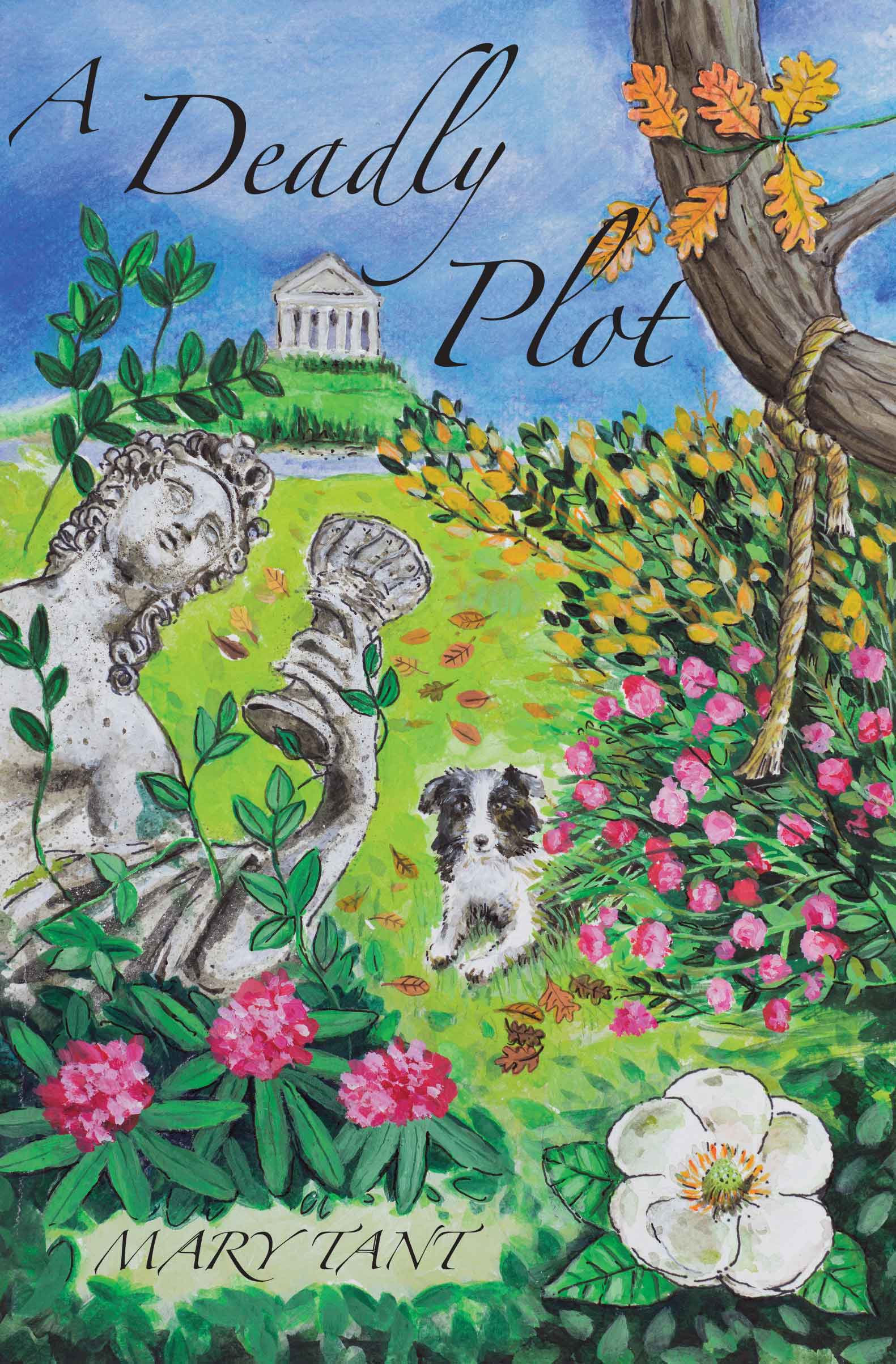 Mary Tant's latest Rossington mystery – A Deadly Plot – was published on March 17th.
Mary Tant's latest Rossington mystery – A Deadly Plot – was published on March 17th.
Visit your independent bookshop or friendly crime specialist for a copy – or order it from the local library.
June 2016
Wednesday 1 June 2016
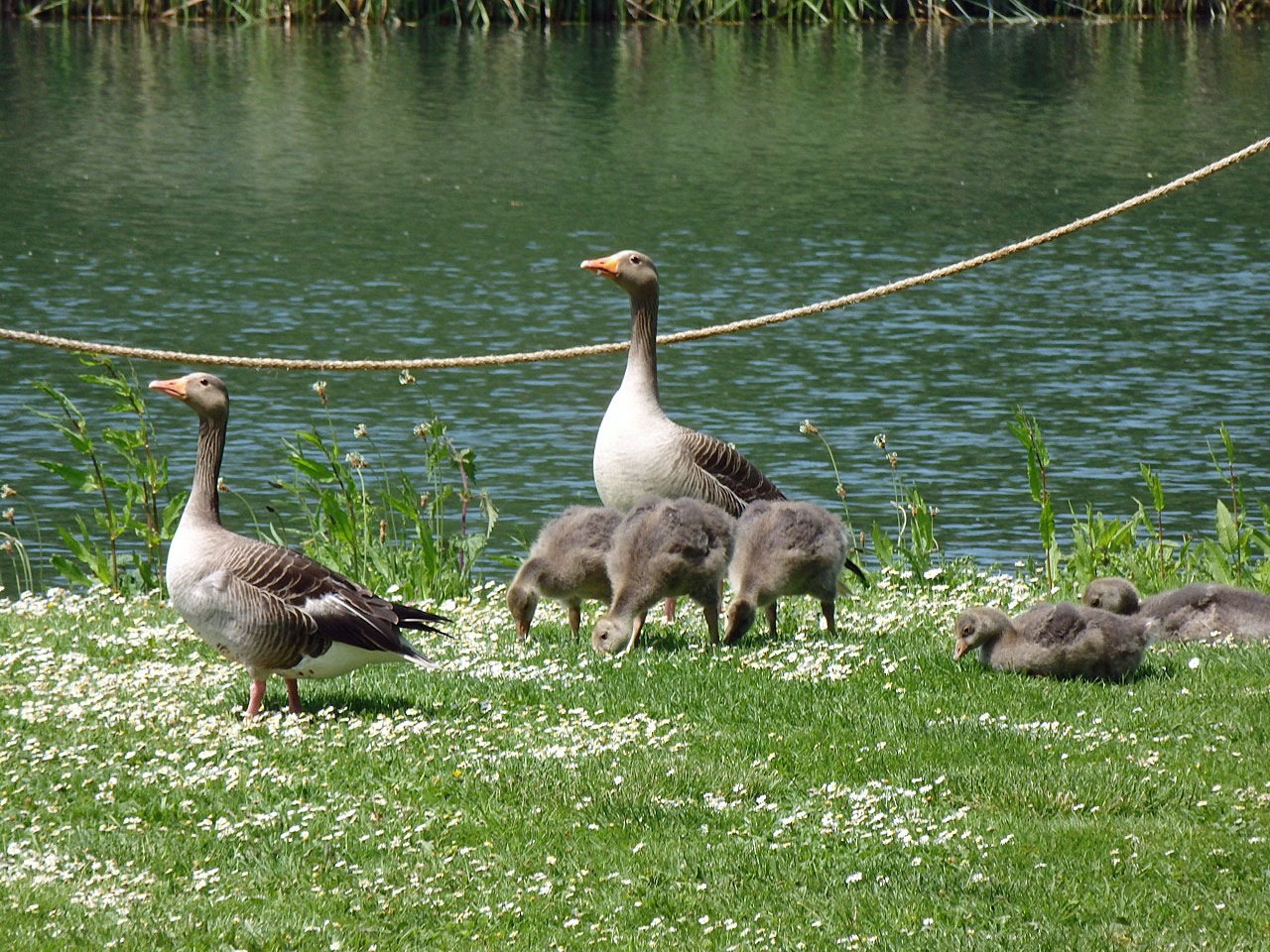
Goslings still graze with their parents and guardians across the lawns of The Vyne in Hampshire. A line of newcomers, also greylags, strode purposefully towards the residents. They halted irresolutely as one of the guardians rushed forwards, neck outstretched, hissing fiercely.
A silent test must have been passed, because a short time later the newcomers were permitted to graze nearby.
Thursday 2 June 2016
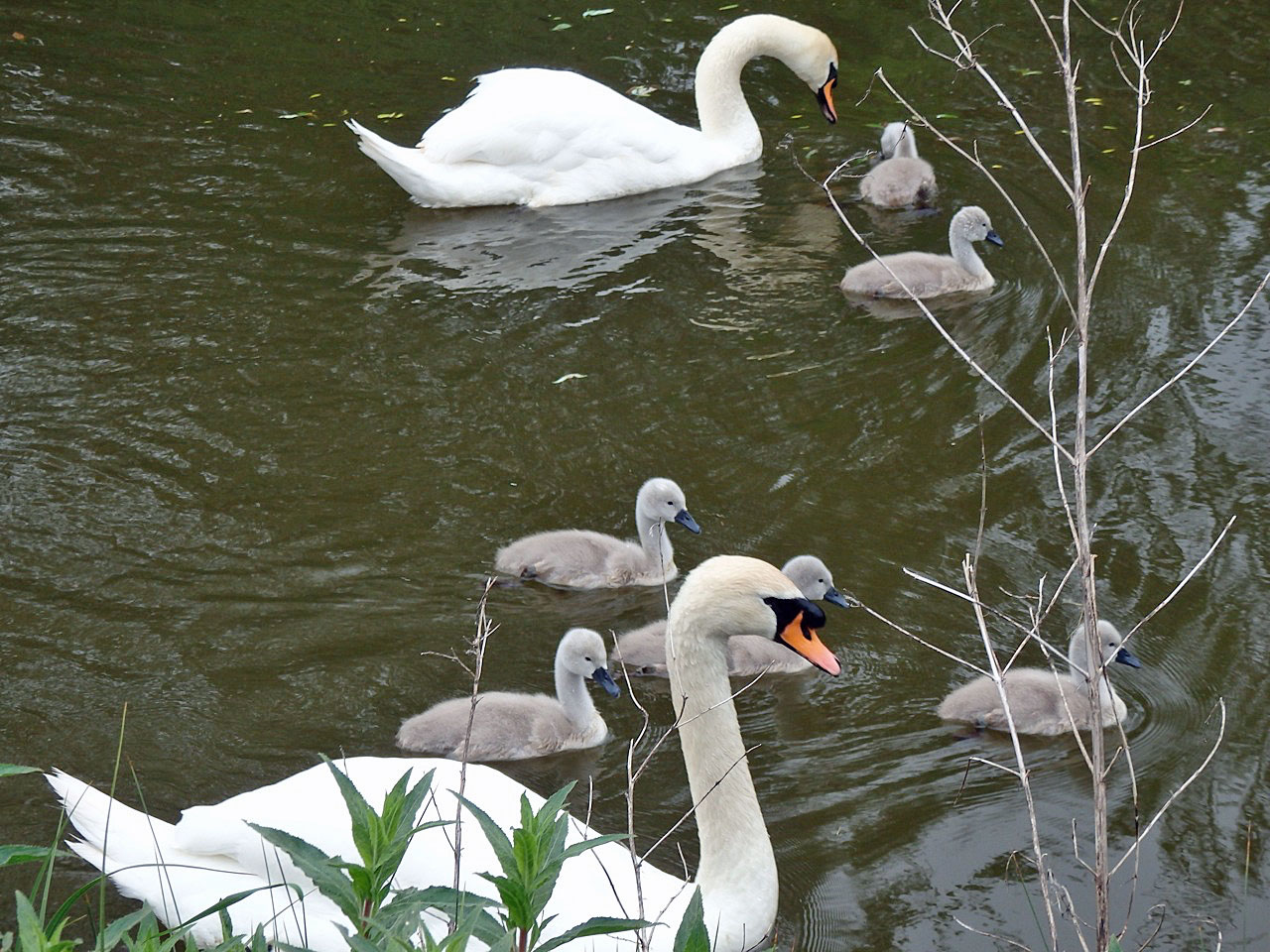
Two more proud swan parents, this time on the Kennet and Avon canal. They flanked their brood of tiny fluffy cygnets as they shepherded them along.
Friday 3 June 2016
The bird rested for a brief moment on a fence bar beside a lock on the Kennet and Avon canal. Its glossy blue-black back and chestnut belly were familiar, but strange. It was a swallow, and I’ve never before seen one so closely, or seen one at rest like this.
Saturday 4 June 2016
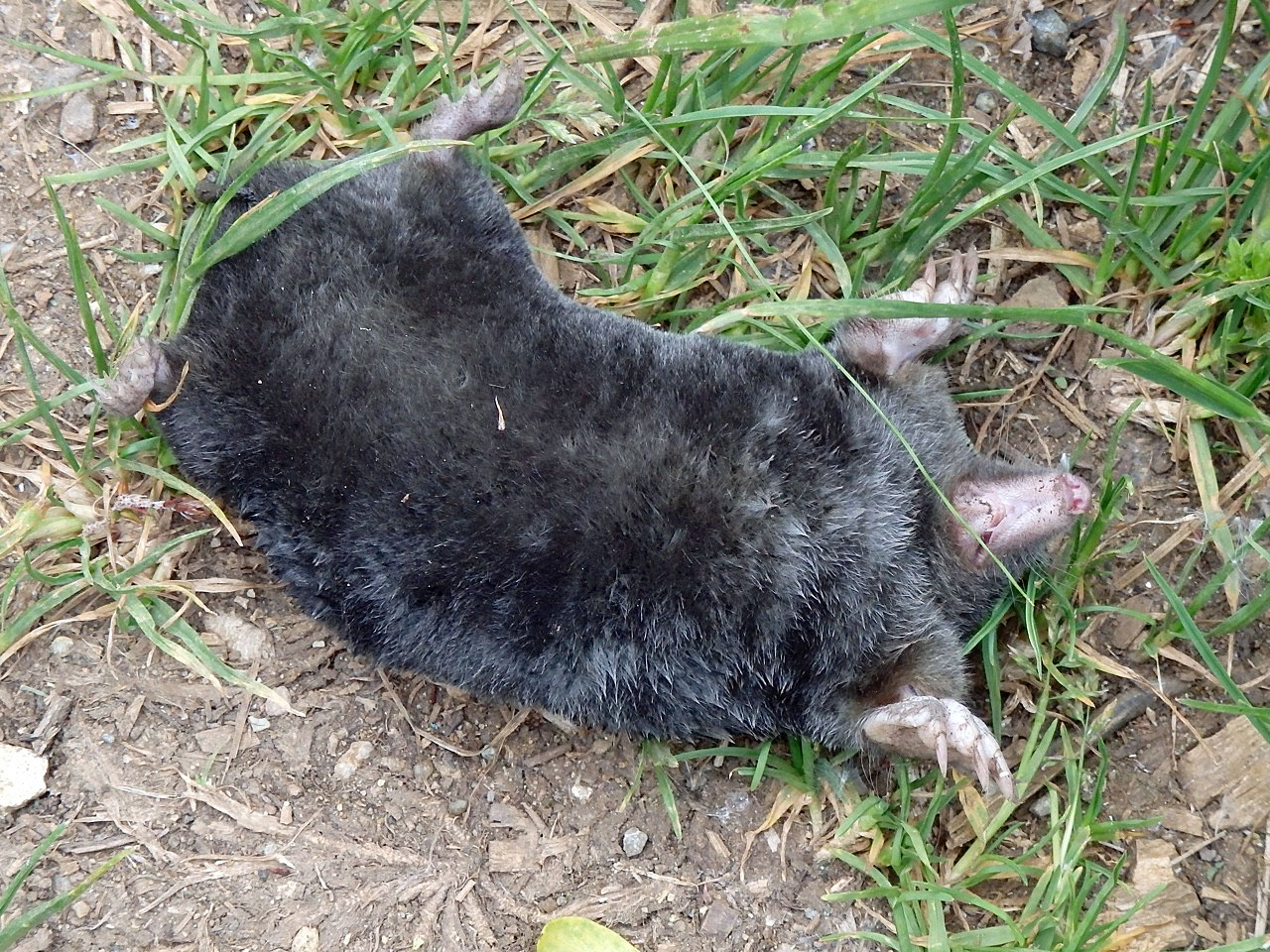
A dead mole, surely a large one, lay dead on his back, his sightless eyes staring up at the summer sky.
Sunday 5 June 2016
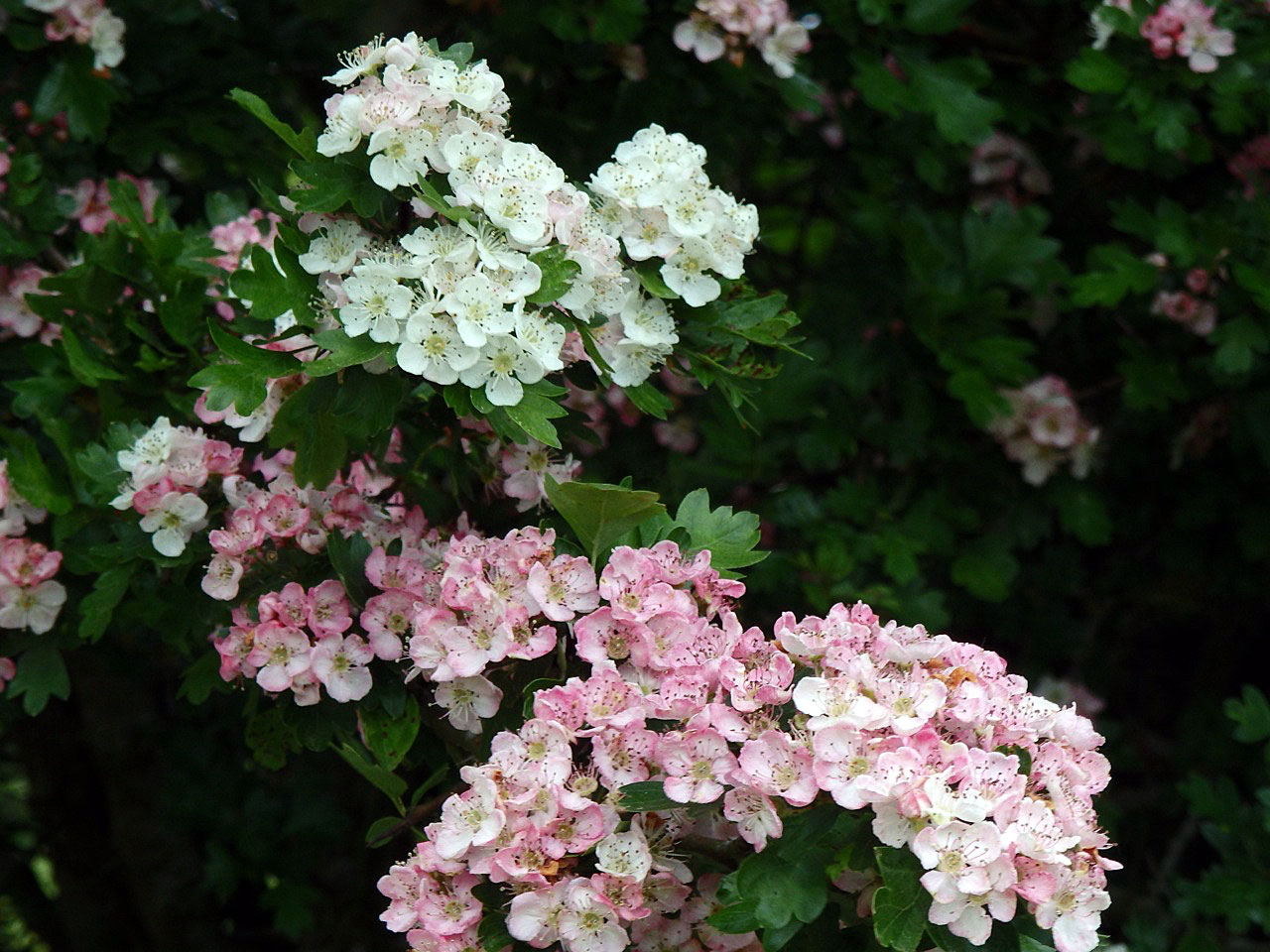
Hawthorn still fringes Hungerford Common, pink flowers mingling with white like apple blossom. The golden acres of buttercups that were the common’s glory a month ago have nearly gone, and the trees that line the lanes have come into full luxuriant leaf.
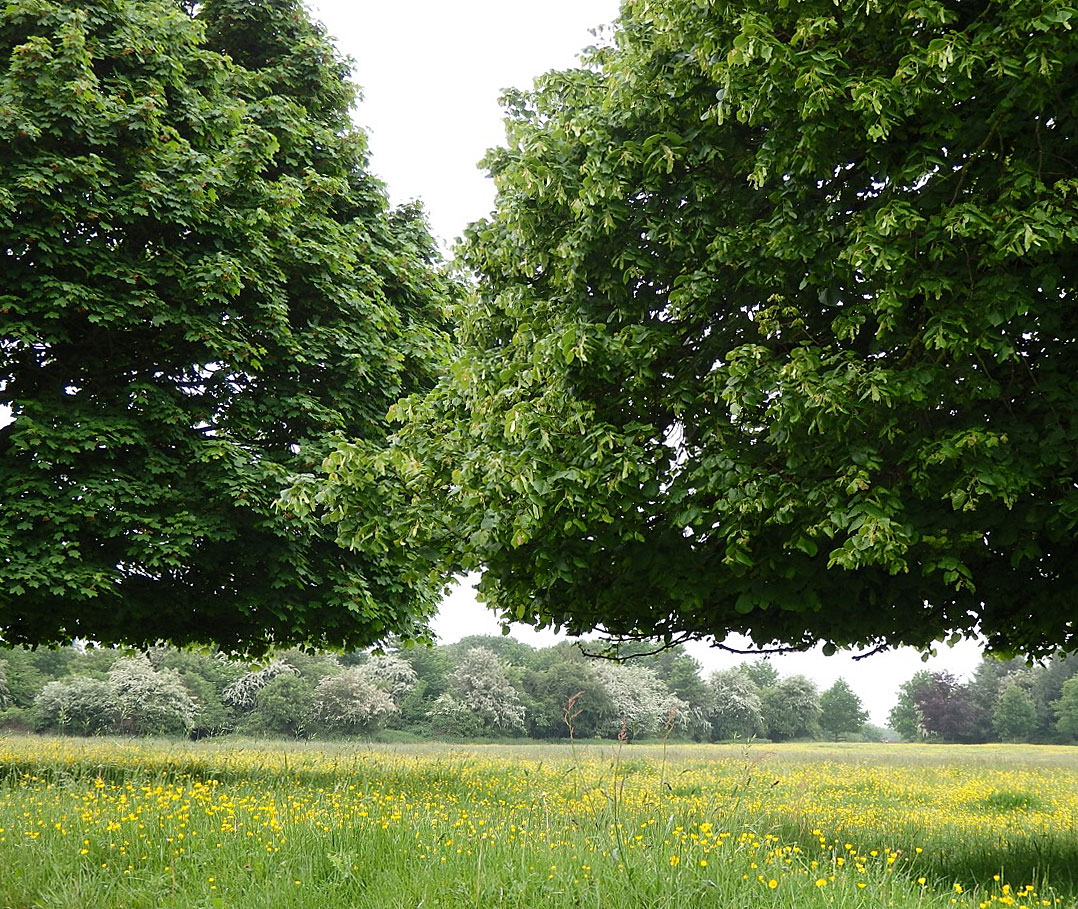
Monday 6 June 2016
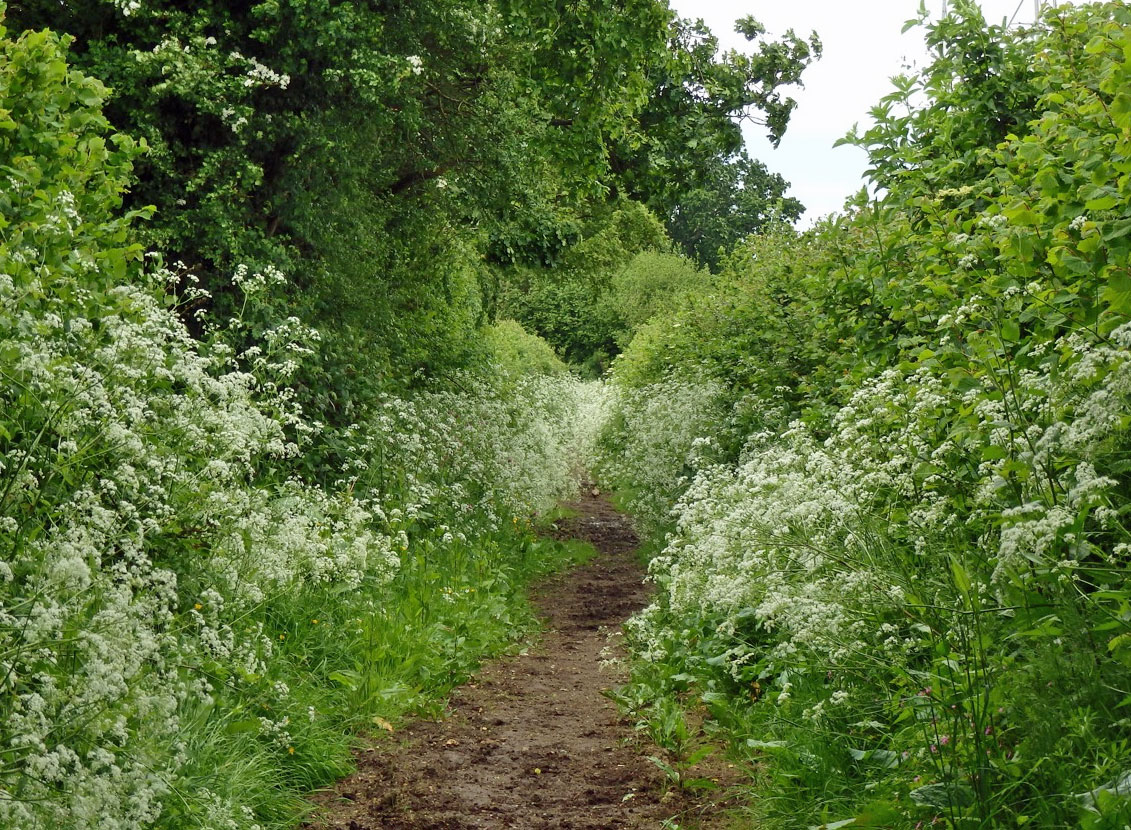
The path between the Hampshire hedges was lined shoulder-high on both sides with waves of delicate meadowsweet. The creamy white flowers lived up to their name, filling the air with scent as we walked through them.
Tuesday 7 June 2016
Mayflies are dancing away their brief lives over the Kennet and Avon canal. Grey wagtails are dipping and diving through the air after them. In the distance a cuckoo calls.
Wednesday 8 June 2016
Robbie, my back garden robin, comes for a late helping of mealworms if I’m sitting outside in the rose arbour at dusk. Shortly after he vanished for the night the hedgehog appeared to hoover up the remains of the feast.
She moved with easy agility, her prickly body raised clear of the ground by her dainty velvety brown legs. From time to time she paused, her pointed nose lifted, and once she’d moved into the cover of the Michaelmas daisy stems she stopped for a good scratch.
Thursday 9 June 2016
There are three frogs in my small back garden pond, and they all like to come out into the sun.
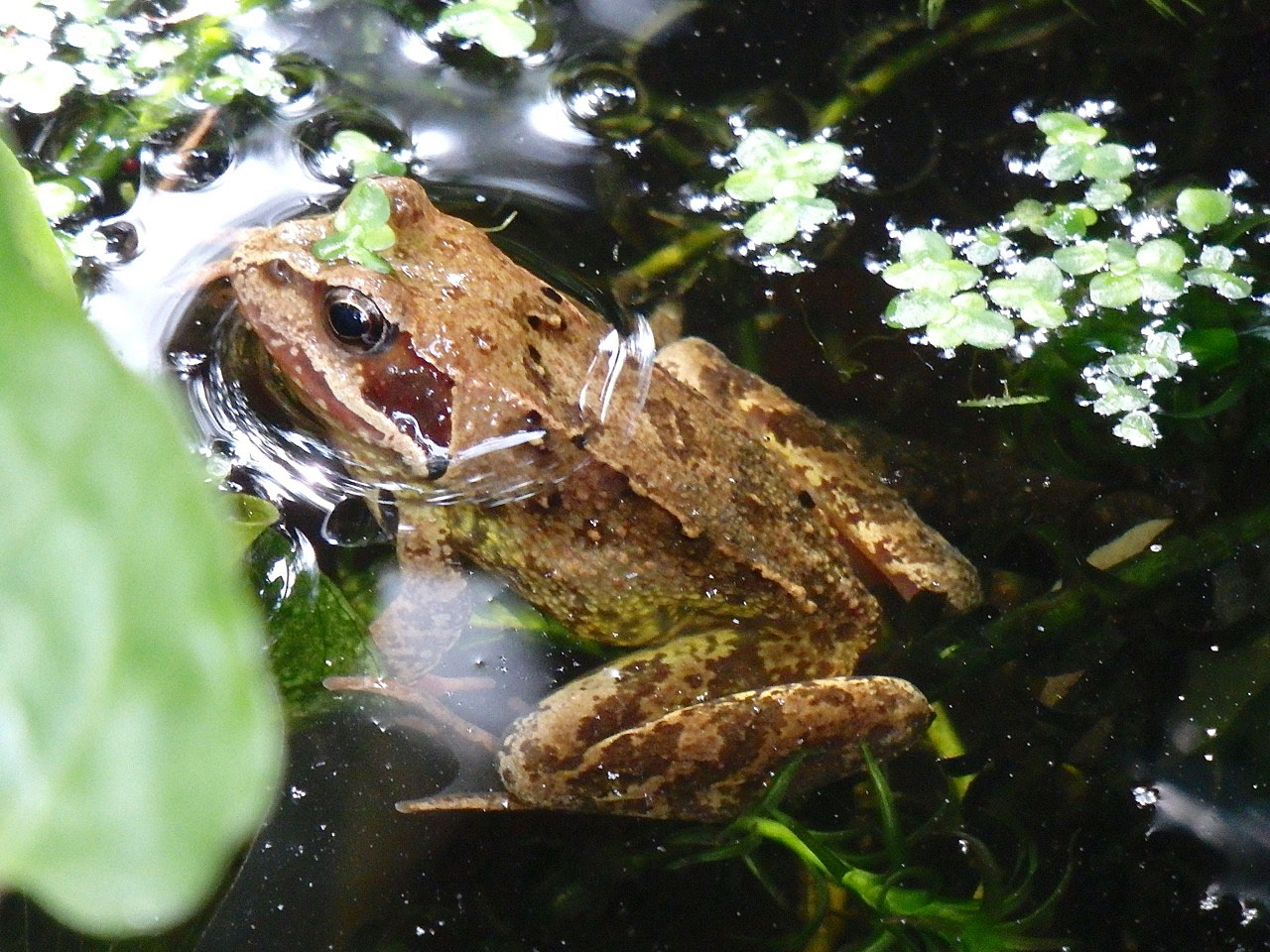
The golden one likes to float in the water, anchored to the submerged roots of plants.
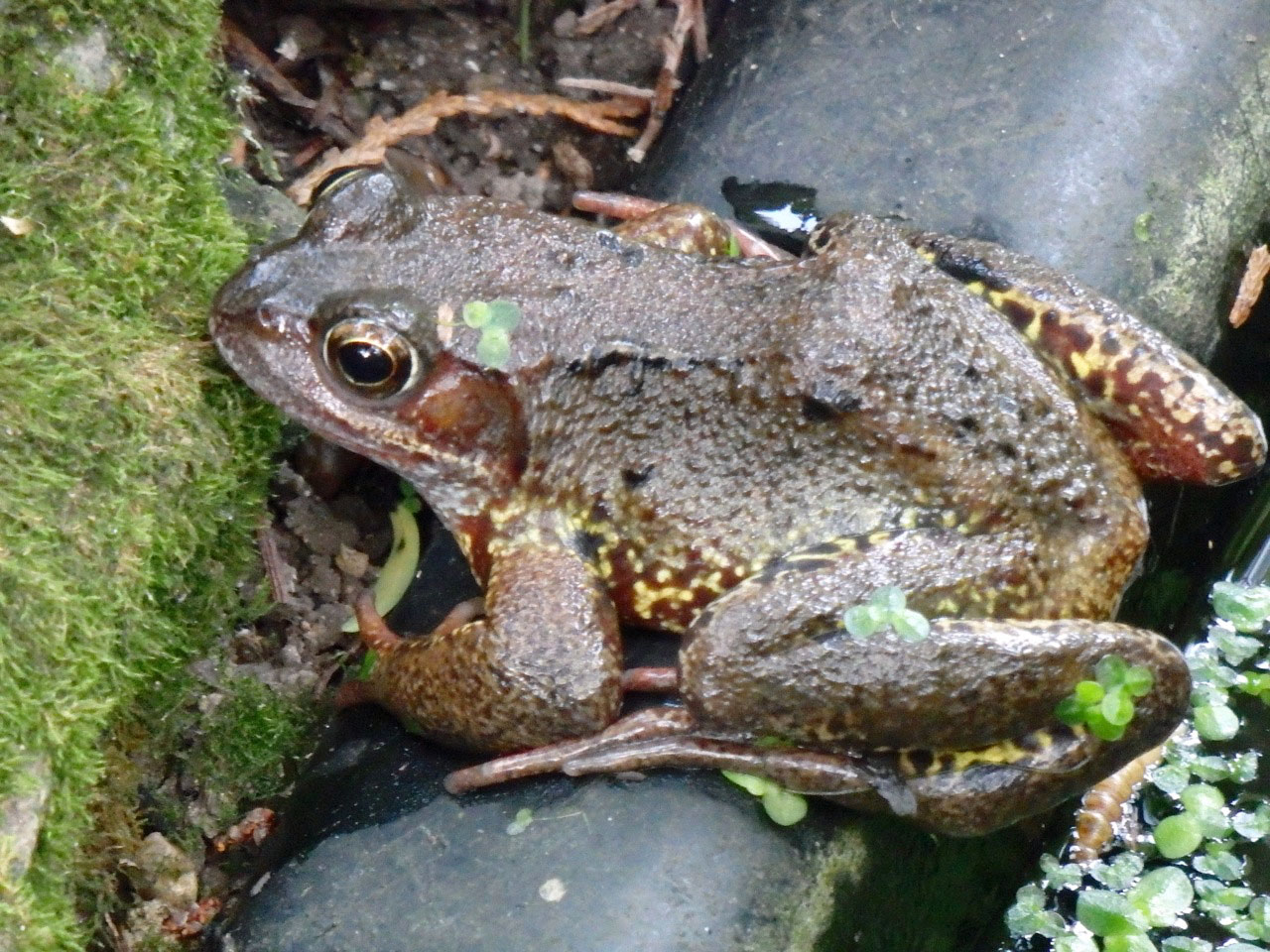 One of the darker ones tries to imitate a pebble near the rocks on the edge of the pond.
One of the darker ones tries to imitate a pebble near the rocks on the edge of the pond. 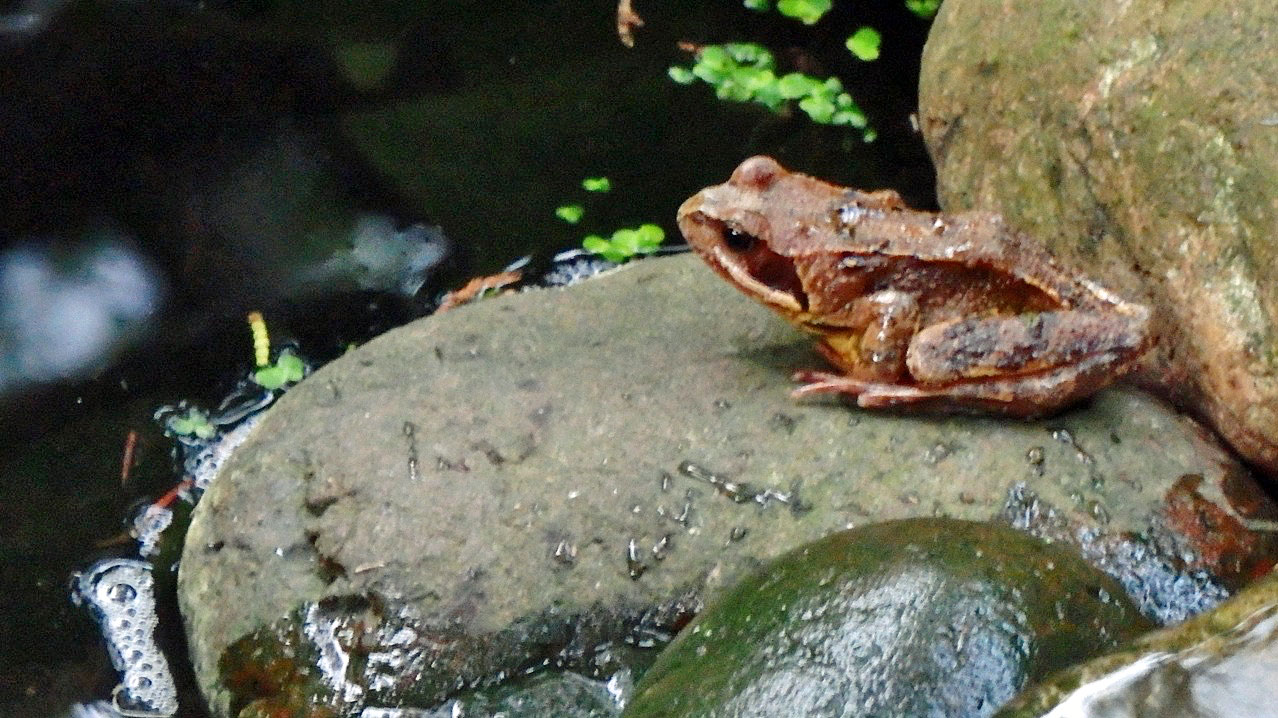 His fellow likes to sit on the stones of the waterfall.
His fellow likes to sit on the stones of the waterfall.
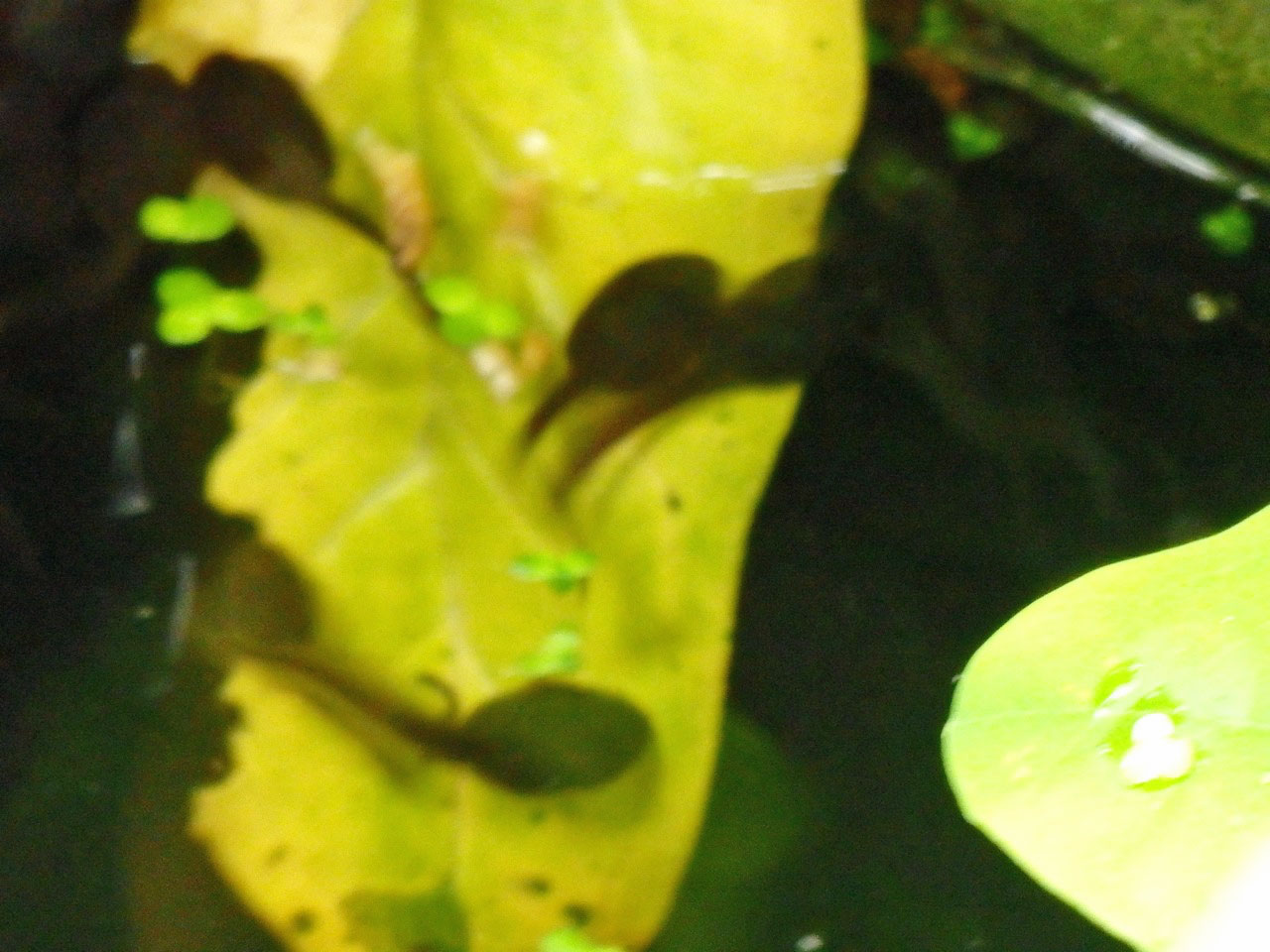
Below the water, fat tadpoles wriggle busily, occasionally rising to the surface to suck in stranded insects.
Friday 10 June 2016
The little birds shot out from the sheltering willows, their song ringing through the air. They were pied flycatchers darting after the insects that swarmed over the thick grass and reed growing over the flats beside the canal that were thick with mud in the winter.
Saturday 11 June 2016
If it’s a hot day there’s the occasional flash of long dark legs when I glance out into my back garden. During the mid-afternoon one of the frogs will be leaping away from the pond across the grass. By early evening he’ll be jumping over the rocks back into the water. As dusk falls he, or one of his brethren, will be glistening on one of those rocks, his eyes golden sparks in the fading light as he ponders his night time foraging.
Sunday 12 June 2016
During the day I can occasionally hear the screaming cries of swifts from high above the back garden. But I have rarely seen the birds this summer. The best viewings are at dusk, when a crowd of them wheels briefly into sight, still high up, swirling black curves against a fading blue sky that is streaked with strands of soft pink cloud.
Monday 13 June 2016
First there was one tiny goldcrest in the juniper near the table where I was breakfasting in the back garden. It was a tiny inconspicuous bird, busy clearing up insects from the branches with short jerky movements, and only the bright flash of colour on its head was noticeable. When it was joined by a second goldcrest they moved into the nearby willow where their body colour blended almost perfectly with the colours of the bark and the leaves.
Tuesday 14 June 2016
Bertie, the male blackbird in my back garden, sits at the top of a nearby cypress, singing powerfully from time to time during the day. It’s as if his song is echoed, for another male blackbird begins to sing in response from another treetop some distance away, then another from the other direction.
The songs are particularly noticeable at dusk, weaving a web of sound through the air above the garden. I wonder how many of the birds are Bertie’s sons and grandsons.
Wednesday 15 June 2016
A red kite swooped down in front of the car just on the edge of town, snatched the straggling piece of corpse from the road and rose again, all in one swift movement. It was a startling sight to see such a big bird so close to the car, and to see how quickly and expertly it manoeuvred.
It all happened so fast that it wasn’t possible to see what it had picked up, just that it was long and straggling, possibly a pheasant. There’ve been a few small dead badger cubs beside the lanes recently, but these are usually curled up on the very edges like a discarded child’s toy.
Thursday 16 June 2016
The layer of duckweed that’s creeping across my garden pond is frequently patterned with tiny puckers. The tadpoles below come up again and again to the surface to take tiny fragments of food. In the dim light they are only betrayed by the fractional movement of the water’s surface.
Friday 17 June 2016
The harsh magpie chacking sounds through my back garden early in morning, intermittently during the day, and again in the late evening now. It rattles out like avian machine gun fire, overwhelming all other birdsong, and is particularly annoying as a counterpoint to the evening blackbird aria.
Saturday 18 June 2016
Sand martins have disappeared from their local nesting site in the wall of a nearby station yard.
They seem to have got wind of deluxe accommodation built on a nearby landed estate. One or two of the birds had previously built nests in a temporary bank of earth there. When this had to be moved the luxury quarters were built instead, and are capable of housing one hundred and twenty nests – around sixty pairs have already moved in.
Sunday 19 June 2016
One large blackbird baby came to perch in the elder in the front garden. He scanned the sky, preened a little and exposed the fluff that lies over his plump body. Occasionally he fluttered his wings, a couple of times he opened his beak wide, exposing the yellow mouth. He was waiting for his mother, Binkie, to bring him something to eat.
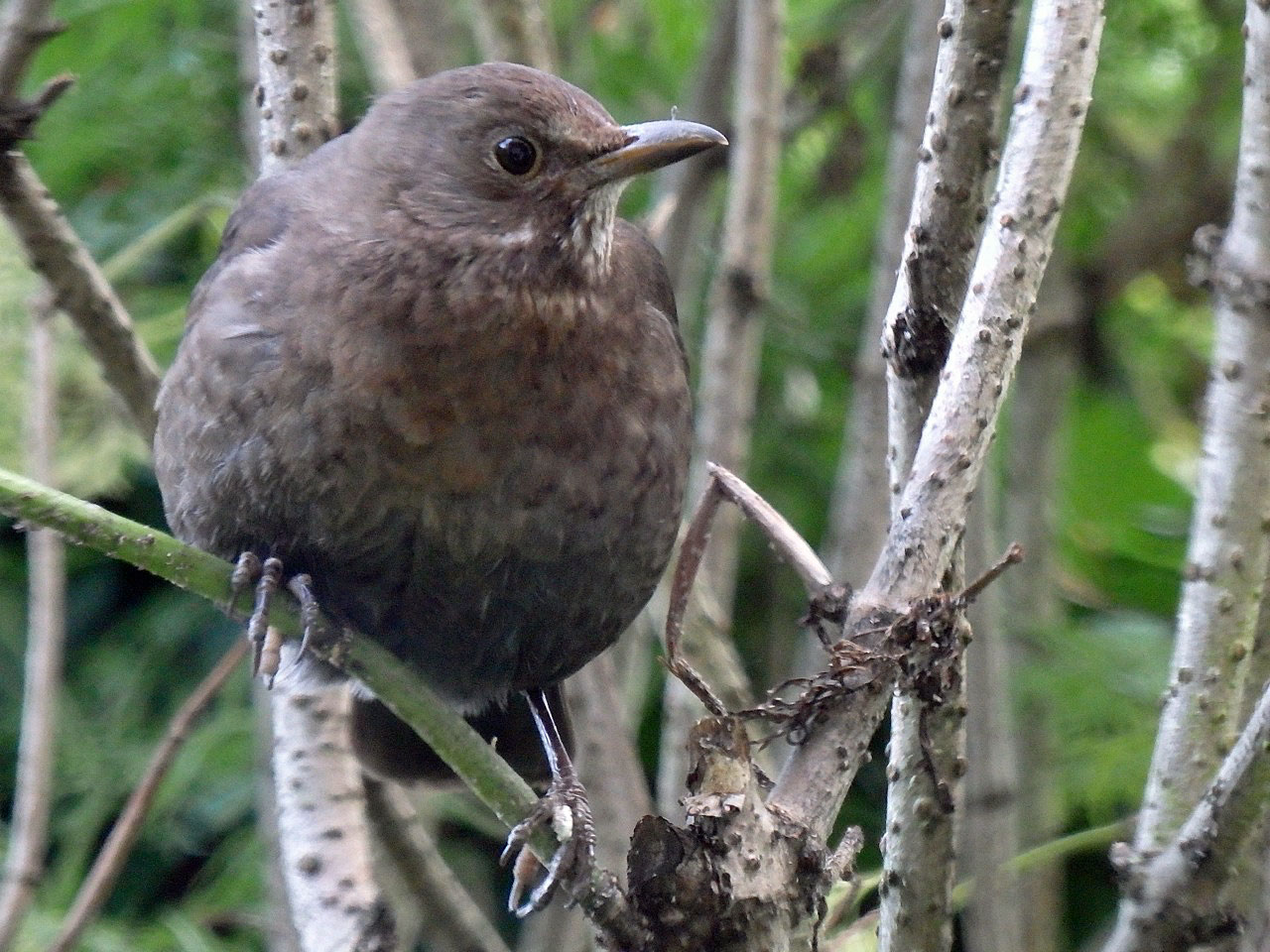
But Binkie is, I think, nesting again deep in the nearby laurel hedge. This will be her third nest, and I’ve only seen the one surviving baby this year – in previous years there would have been four or five youngsters from each brood.
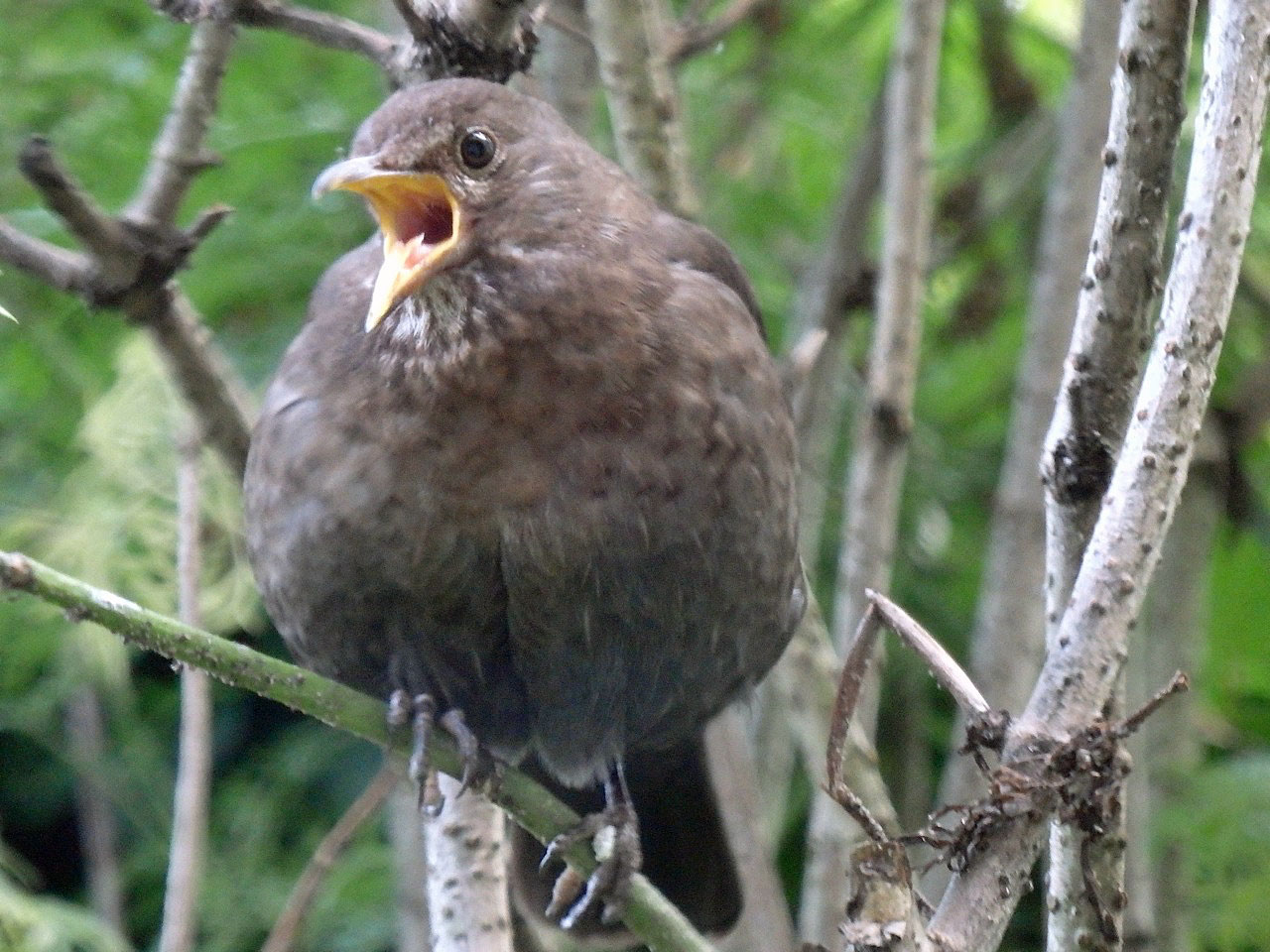
There’ve been none at all in the back garden, where Bella, the female blackbird there, has disappeared from view. She’s probably trying again for the third time, and I hope she’ll be more successful in eluding the almost ever-present magpies.
Monday 20 June 2016
I sat still as a goldcrest flitted shyly into the willow tree in the back garden. It was shortly followed by a second bird, and they spent some time cleaning grubs and insects out of the branches.
They were succeeded by a solitary goldfinch on the feeder that hangs in the tree. She was soon joined by two babies, distinguished by their laced black tails and the yellow flash on their wings, although the distinctive head colours had yet to emerge.
Tuesday 21 June 2016
Elderflowers have replaced the billowing white hawthorn blossom on the hedges of Hungerford Common. Their scent fills the air as we walk through the remaining buttercups that line the paths cut through the grass. This is coloured now with the smoky pink of Yorkshire Fog, whose flowering tufts form patches among the other grasses. And here and there in the hedgerows is more pink, the opening flowers of wild roses.
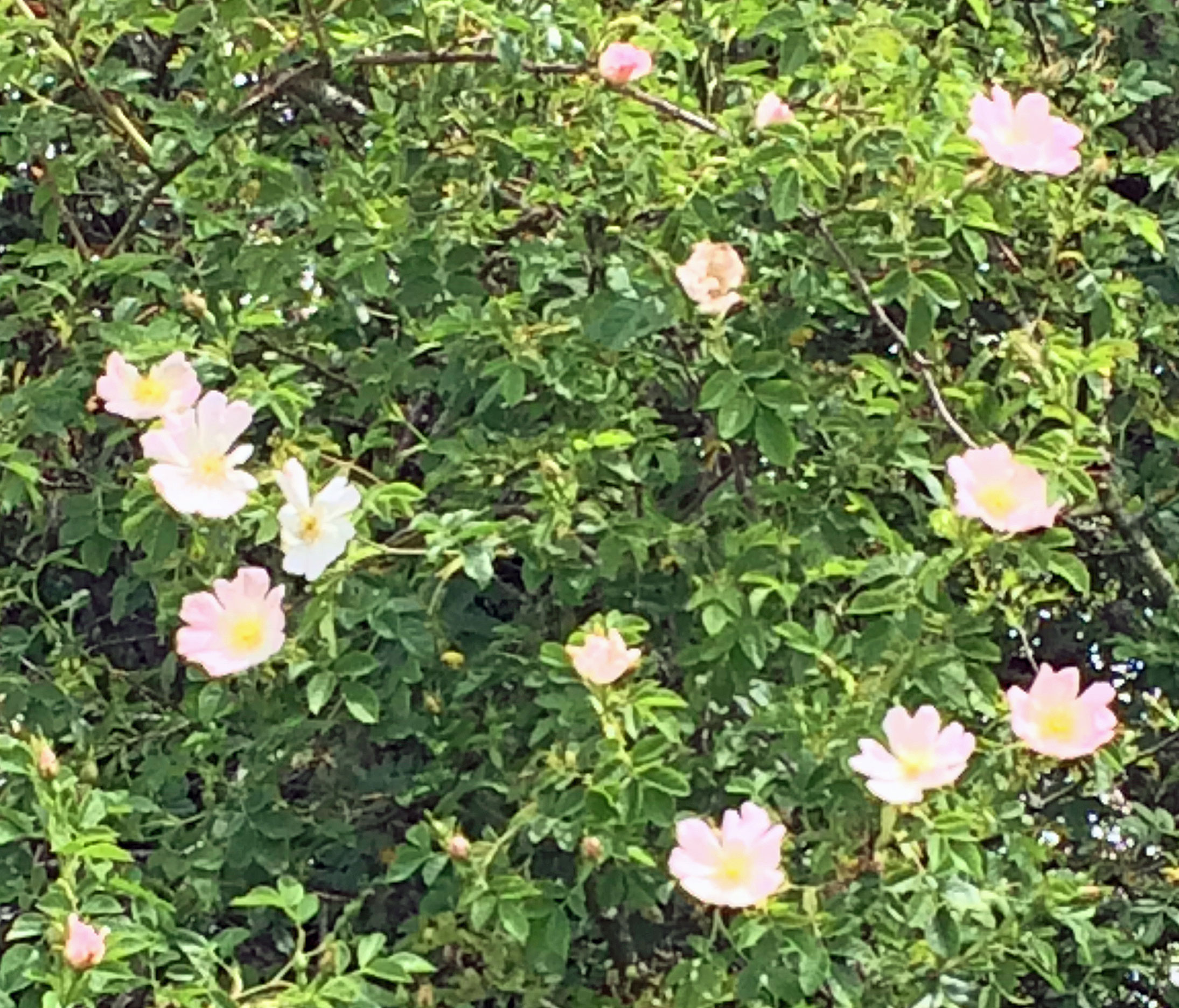
Wednesday 22 June 2016
One of the goldcrests appeared briefly in the middle of the day, still choosing to visit the willow, where he inspected the trunk closely for several minutes.
Thursday 23 June 2016
Warblers sang noisily in the reed bed on the other side of the canal towpath.
Friday 24 June 2016
Just as dusk fell I spotted Billie, the male blackbird in my front garden, cramming his beak with suet pellets and mealworms. He flew only a short distance into the shelter of the escallonia, where his large baby was waiting for him. The baby’s colouring blended in so well with the gloom under the shrub that he was really only visible when there was a sudden flash of yellow as he opened his beak to be fed.
Saturday 25 June 2016
When I went out into the back garden early in the morning a startled face looked up at me from one of the waterfall pools. It was a pale face with dark eyes under strongly marked black head stripes like eyebrows. If the goldcrest hadn’t lifted its head I probably wouldn’t have spotted it because its body colouring blended so beautifully with the stones and pebbles in the pool.
Sunday 26 June 2016
An adult magpie had four youngsters sat around it on the ground at the edge of the field. The adult was picking up slugs and feeding them to each youngster in turn.
Monday 27 June 2016
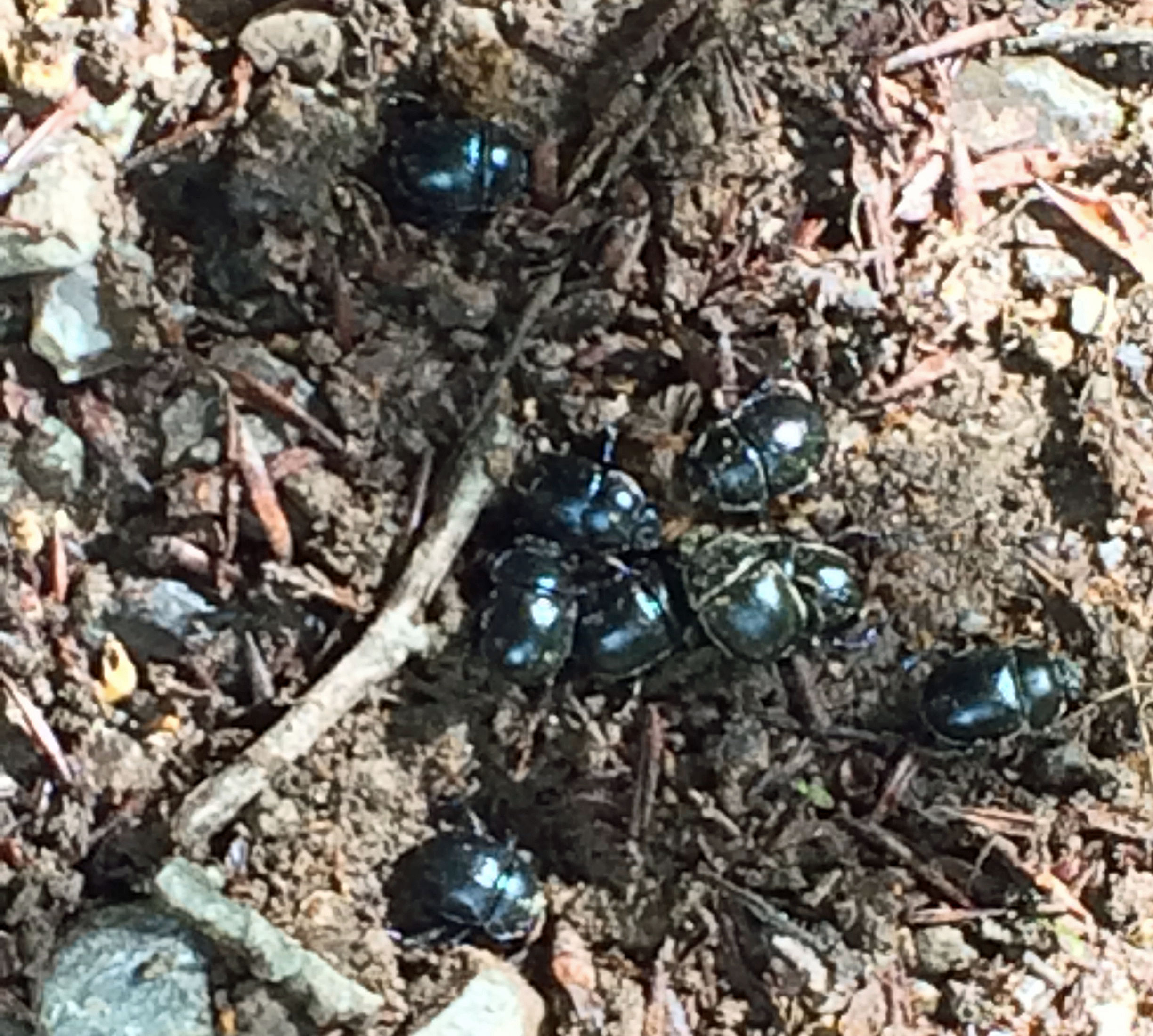
A cluster of shiny black beetles lay in tightly connected balls in the disturbed earth of the path. They had just emerged from their winter hibernation and were stirring sluggishly, beginning to move apart.
Tuesday 28 June 2016
Only their translucent long ears betrayed the presence of rabbits among the long grass on the road verge. They sat upright among the wild flowers, nibbling at the feast around them, quite unconcerned by the traffic passing close by.
Tuesday 28 June 2016
White marguerites flourished on the verges of the road to the west. They swayed gently in the breeze, anchored by a few tall spikes of wild purple foxgloves.
As we drove down to Dartmoor we saw only one dead badger beside the road, a large light-coloured adult. We’ve seen none at all on earlier trips this year. In past years there have been more than a dozen in the spring and early summer along this stretch. Presumably now there are none left to be killed on the road as the result of the cull.
Wednesday 29 June 2016
It’s as if a bird frieze had been painted along the top of the low fence that separates the garden of the Dartmoor cottage from the neighbouring field.
Blue tits perch on one of the feeders that line the fence. An adult sparrow perches on the fence feeding a fluttering baby. A greater spotted woodpecker hangs onto the far side of the fence, just its head visible as it peers over the top. A nuthatch pair collect peanut scraps on the ground below a feeder.
Thursday 30 June 2016
In the early morning an adult jackdaw feeds four youngsters from the nut feeder. She pecks pieces of peanut out, carrying them to the family waiting in the nearby bushes. No doubt she is teaching them about food sources and where to get their daily meals.
More from this site
- 2017 Archive
- • January 2017
- • February 2017
- • March 2017
- • April 2017
- • May 2017
- • June 2017
- 2016 Archive
- • January 2016
- • February 2016
- • March 2016
- • April 2016
- • May 2016
- • June 2016
- • July 2016
- • August 2016
- • September 2016
- • October 2016
- • November 2016
- • December 2016
- 2015 Archive
- • January 2015
- • February 2015
- • March 2015
- • April 2015
- • May 2015
- • June 2015
- • July 2015
- • August 2015
- • September 2015
- • October 2015
- • November 2015
- • December 2015
- 2014 Archive
- • January 2014
- • February 2014
- • March 2014
- • April 2014
- • May 2014
- • June 2014
- • July 2014
- • August 2014
- • September 2014
- • October 2014
- • November 2014
- • December 2014
- 2013 Archive
- • January 2013
- • February 2013
- • March 2013
- • April 2013
- • May 2013
- • June 2013
- • July 2013
- • August 2013
- • September 2013
- • October 2013
- • November 2013
- • December 2013
- 2012 Archive
- • January 2012
- • February 2012
- • March 2012
- • April 2012
- • May 2012
- • June 2012
- • July 2012
- • August 2012
- • September 2012
- • October 2012
- • November 2012
- • December 2012
Extracts from the novels
Submit your comments
If you have any comments, please send them in. They may be published on the site.